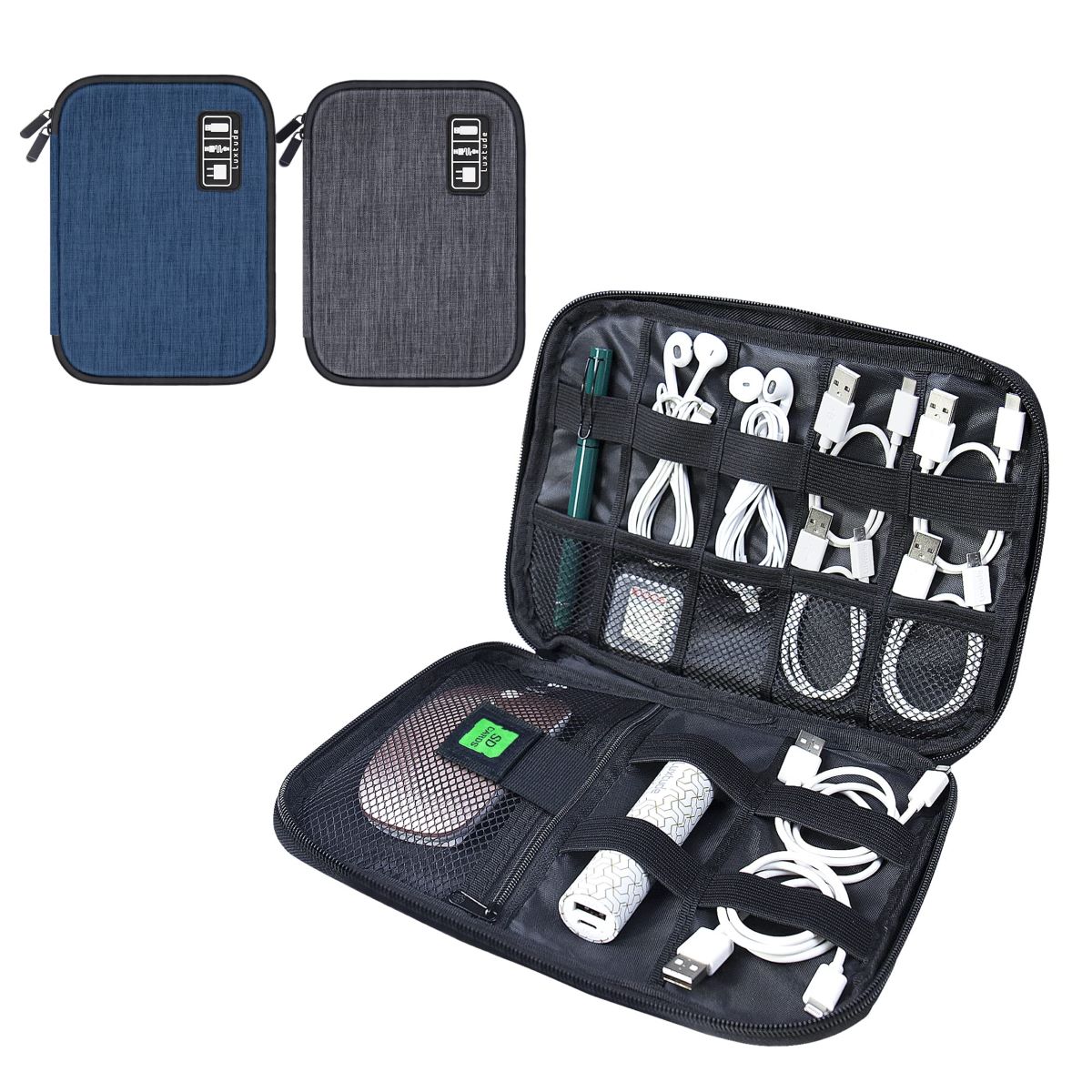

Articles
How To Store Usb Cables
Modified: January 7, 2024
Discover the best methods for storing USB cables with our informative articles. Streamline your cable management and keep your workspace organized efficiently!
(Many of the links in this article redirect to a specific reviewed product. Your purchase of these products through affiliate links helps to generate commission for Storables.com, at no extra cost. Learn more)
Introduction
USB cables have become an essential part of our everyday lives. We use them to connect devices, charge our phones, transfer data, and more. However, if not properly stored, USB cables can quickly turn into a tangled mess, making it difficult to find the cable we need when we need it.
In this article, we will explore the best practices for storing USB cables effectively. From untangling them to using cable organizers and labeling, we will cover everything you need to know to keep your USB cables organized and easily accessible.
Having a well-organized USB cable storage system not only saves you time and frustration but also prolongs the lifespan of your cables. Tangled and knotted cables are more prone to damage from bending and twisting, which can lead to a loss in functionality over time. By following the steps outlined in this article, you can ensure that your USB cables remain in top condition and are always within reach.
So let’s dive in and learn how to store USB cables in a way that promotes organization, efficiency, and longevity.
Key Takeaways:
- Keep your USB cables organized and easily accessible by untangling, coiling, using cable organizers, labeling, and storing them properly. This saves time, prevents damage, and ensures functionality.
- Practice proper cable maintenance to prolong the lifespan of your USB cables. Avoid excessive bending, protect from sharp edges, keep clean and dry, and inspect regularly for wear and tear.
Read more: How To Store Ethereum On Usb
Step 1: Untangling the Cables
The first step in effectively storing USB cables is to untangle them. If you’ve ever encountered a tangled mess of cables, you know how frustrating it can be to try and unravel them when you need to use them. Follow these simple steps to untangle your USB cables:
- Remove any knots or tight twists: Gently work through any visible knots or tight twists in the cable. Slowly loosen them by pulling the cable from both ends.
- Use your fingers: Use your fingers to feel for any hidden knots or tangles along the length of the cable. Gently separate any twisted sections.
- Flex and wiggle: Flex and wiggle the cable gently to loosen any remaining tangles. Be careful not to apply too much pressure or force, as this may damage the cable.
- Stretch out the cable: Once the cable is relatively untangled, hold one end and allow it to hang freely. Gently pull on the other end to stretch out the cable and remove any remaining kinks or twists.
By untangling your USB cables before storing them, you are not only preventing future frustrations but also avoiding unnecessary wear and tear on the cables. This simple step will make it easier to organize and coil your cables properly, as we will explore in the next step.
Step 2: Coiling the Cables
Once you have untangled your USB cables, the next step is to coil them properly. Coiling the cables helps prevent tangling and ensures that they are neatly organized. Here’s how to coil your USB cables effectively:
- Start with a loose end: Begin by holding the loose end of the USB cable in one hand, ensuring that it is untangled and free from any knots.
- Create a loop: With the loose end in hand, make a small loop by bringing the cable over itself, forming a semicircle.
- Continue coiling: Hold the loop with one hand while using your other hand to continue coiling the cable around it. Make sure to keep the coils tight and even.
- Secure the coiled cable: Once you have reached the end of the cable, secure the coiled cable by passing the loose end through the center of the coil or using a cable tie or Velcro strap to hold it in place.
It’s important to avoid tight coiling or twisting the cable excessively, as this can cause damage to the internal wires. By using the proper coiling technique, you’ll not only minimize the chances of tangles but also extend the lifespan of your USB cables.
Remember to coil each USB cable individually. This will make it easier to find the specific cable you need without having to untangle multiple cables at once. Additionally, consider using different colored cable ties or labels to distinguish between different types of USB cables (e.g., USB-A, USB-C, micro USB) for added organization.
Step 3: Using Cable Organizers
To further enhance the organization and accessibility of your USB cables, it’s helpful to utilize cable organizers. Cable organizers are designed to keep cables neat, tidy, and easily accessible, reducing clutter and preventing tangles. Here are some popular cable organizer options to consider:
- Cable Clips: Cable clips are simple yet effective tools that can be attached to the edge of your desk, table, or any other surface. They have slots or grooves that securely hold your USB cables in place, preventing them from falling to the floor or getting tangled.
- Cable Sleeves: Cable sleeves are flexible neoprene or fabric sleeves that can hold multiple cables together. They can be cut to the desired length and have a zipper or Velcro closure, allowing you to easily access or add cables when needed.
- Cable Management Boxes: Cable management boxes provide a discrete and organized solution for storing and concealing multiple cables. They come in various sizes and have multiple outlets to route and manage cables. These boxes are great for keeping cables out of sight while still allowing easy access to them.
- Cable Ties or Hook-and-Loop Straps: Cable ties or hook-and-loop straps are simple yet effective cable management tools. They can be used to bundle and secure multiple cables together, keeping them neat and tangle-free. These are especially useful for traveling or carrying cables on the go.
When selecting cable organizers, consider the number and types of cables you have, as well as the specific storage needs in your space. It’s also important to choose high-quality organizers that are durable and provide secure cable management.
By utilizing cable organizers, you can ensure that your USB cables are easily accessible, free from tangles, and neatly organized, making it a breeze to find the specific cable you need when you need it.
Step 4: Labeling the Cables
Labeling your USB cables is a crucial step in organizing and easily identifying them. Whether you have multiple cables of the same type or different types of USB cables, labeling helps you quickly find the specific cable you need without having to untangle or inspect each one. Here’s how to effectively label your USB cables:
- Choose a labeling method: Decide on the labeling method that works best for you. You can use adhesive labels, cable tags, or even colored tape to differentiate between cables.
- Label the ends of the cables: Attach labels or tags to the ends of the cables, near where they connect to devices. This makes it easy to identify the cable by simply looking at the ends.
- Include relevant information: When labeling, consider including relevant information such as the type of USB cable (USB-A, USB-C, micro USB), its purpose (charging, data transfer), or the device it is associated with (phone, camera, printer).
- Use color-coded labels: If you have multiple cables of the same type, consider using color-coded labels or tags. Assign a specific color to each type of cable to quickly distinguish between them.
- Utilize cable organizers with built-in labeling: Some cable organizers come with built-in labeling options. These organizers have slots or sections where you can insert labels or write directly on the organizer, making it even easier to identify each cable.
Labeling your USB cables will save you valuable time and frustrations when searching for the right cable. It allows for quick identification and helps maintain an organized cable storage system.
Don’t forget to regularly review and update your labels as needed, especially when adding or replacing cables in your collection. This will ensure that your labeling system remains accurate and up-to-date.
To store USB cables, use a cable organizer or a small bag to keep them tangle-free and easily accessible. Label the cables to quickly identify them.
Read more: What Is A Usb-C Adapter
Step 5: Storing the Cables in Containers
Once your USB cables are untangled, coiled, and labeled, it’s time to store them in containers. Proper storage containers not only keep your cables organized but also protect them from damage and ensure they’re easily accessible whenever you need them. Here’s how to store your USB cables in containers:
- Select suitable containers: Choose containers that are spacious enough to hold your cables comfortably. Consider using plastic or fabric storage bins, drawer organizers, or even repurposed shoeboxes.
- Arrange the cables strategically: Place the coiled USB cables in the containers, making sure to arrange them in a way that minimizes tangling. You can stack them vertically or position them side by side, depending on the size and shape of your containers.
- Separate cables into sections: If you have different types of USB cables or cables for specific devices, consider dividing the container into different sections. This makes it easier to locate the specific cable you need.
- Use cable dividers or compartments: To further organize and prevent cables from shifting, use cable dividers or compartments within the container. These can be purchased or easily made using cardboard or foam board.
- Store smaller cables separately: For smaller or more delicate cables, such as earphone or charging cables, consider using smaller containers or designated compartments within the main container. This ensures that they don’t get tangled or damaged by larger cables.
- Keep containers in a designated area: Designate a specific area or drawer where you store your cable containers. This helps keep them easily accessible and prevents them from getting mixed up with other items.
By storing your USB cables in containers, you’re keeping them organized, protected, and readily available. This method also minimizes the chances of cables tangling or becoming damaged during storage.
Remember to keep your containers in a clean and dry environment to prevent dust build-up or moisture that could potentially damage your cables.
Step 6: Hanging the Cables
If you have limited storage space or prefer a more visually pleasing and accessible method of storing your USB cables, hanging them can be a great option. Hanging your cables not only keeps them organized, but it also makes it easier to identify and retrieve the cable you need. Here’s how to hang your USB cables:
- Choose a suitable hanging method: Decide on the hanging method that works best for your space. You can use adhesive hooks, cable clips, or even wall-mounted cable management solutions.
- Plan your cable layout: Before hanging the cables, plan where each cable will be positioned. Consider the length of each cable and how they will be arranged to prevent tangling.
- Attach the hanging solution: Install the chosen hanging solution according to the manufacturer’s instructions. Make sure it is secure and can support the weight of the cables.
- Hang the cables: Start by hanging the longest cables first. Coil them neatly and secure them to the hanging solution, making sure they are not twisted or tangled. Then hang the shorter cables, positioning them in a way that allows for easy access.
- Keep similar cables together: Group similar cables together, such as USB-A cables, USB-C cables, and micro USB cables. This way, you can quickly locate the desired cable without having to untangle or search through multiple cables.
- Label the hanging solution: Consider labeling the hanging solution with the names or purposes of each cable to make identification even easier. Use adhesive labels, tags, or even colored tape to differentiate between cables.
Hanging your USB cables provides a neat and organized storage solution while also saving space. It allows you to visually see your cable collection and easily select the cable you need for a specific device or purpose.
Ensure that the hanging solution is installed securely and that the weight of the cables is evenly distributed to prevent any damage or accidents.
Step 7: Proper Cable Maintenance
Proper cable maintenance is essential to ensure the longevity and functionality of your USB cables. By taking care of your cables, you can prevent damage and the need for frequent replacements. Here are some tips for maintaining your USB cables:
- Avoid excessive bending and twisting: USB cables are designed to withstand a certain level of bending and twisting, but excessive force can damage the internal wires. Be mindful of how you handle and position your cables to minimize strain.
- Protect cables from sharp edges: Sharp edges or objects can cause cuts or abrasions on the cable’s outer jacket. Keep your cables away from sharp corners or rough surfaces to prevent damage.
- Keep cables clean and dry: Dust, dirt, and moisture can accumulate on cables over time and affect their performance. Use a soft, dry cloth to wipe the cables regularly and store them in a clean, dry location.
- Avoid yanking or pulling cables from devices: Pulling cables forcefully from devices can damage the connectors and the cable itself. Always disconnect cables by grasping the connector firmly and gently pulling it out.
- Store cables in a temperature-controlled environment: Extreme temperatures can cause the cables’ materials to deteriorate. Avoid storing cables in areas with excessive heat or cold to prevent damage.
- Inspect cables regularly: Check your cables periodically for any signs of wear and tear, such as frayed wires or loose connectors. If you notice any damage, replace the cable promptly to avoid any potential hazards.
- Disconnect unused cables: If you have cables that are not currently in use, unplug them and store them properly. This eliminates the risk of accidental damage and helps declutter your storage space.
By following these maintenance tips, you can ensure that your USB cables remain in good condition and provide reliable performance for years to come.
Remember, prevention is key. Taking the time to properly care for and maintain your cables will save you from the inconvenience and expense of having to replace them frequently.
Conclusion
Storing USB cables may seem like a trivial task, but implementing effective storage methods can save you time, frustration, and potentially extend the lifespan of your cables. With the right approach, you can keep your cables organized, easily accessible, and free from tangles, ensuring that you can find the cable you need when you need it.
From untangling and coiling the cables to using cable organizers and labeling them, each step plays a crucial role in maintaining an organized cable storage system. Whether you choose to store them in containers, hang them, or a combination of both, it’s important to find a storage method that suits your space and preferences.
Additionally, practicing proper cable maintenance is vital for the longevity of your cables. By avoiding excessive bending or twisting, protecting cables from sharp edges, and keeping them clean and dry, you can minimize the risk of damage and ensure their optimal functionality.
Remember, different cables have different purposes and connectors, so labeling them appropriately and grouping similar cables together can make it easier to locate the specific cable you need.
By following these steps and adopting efficient cable storage practices, you can say goodbye to the tangled mess of cables and enjoy a well-organized and hassle-free cable management system.
So take the time to implement these strategies and keep your USB cables organized and in top condition. You’ll not only save time and effort when it comes to finding and using your cables but also prolong their lifespan and maintain their functionality for years to come.
Frequently Asked Questions about How To Store Usb Cables
Was this page helpful?
At Storables.com, we guarantee accurate and reliable information. Our content, validated by Expert Board Contributors, is crafted following stringent Editorial Policies. We're committed to providing you with well-researched, expert-backed insights for all your informational needs.
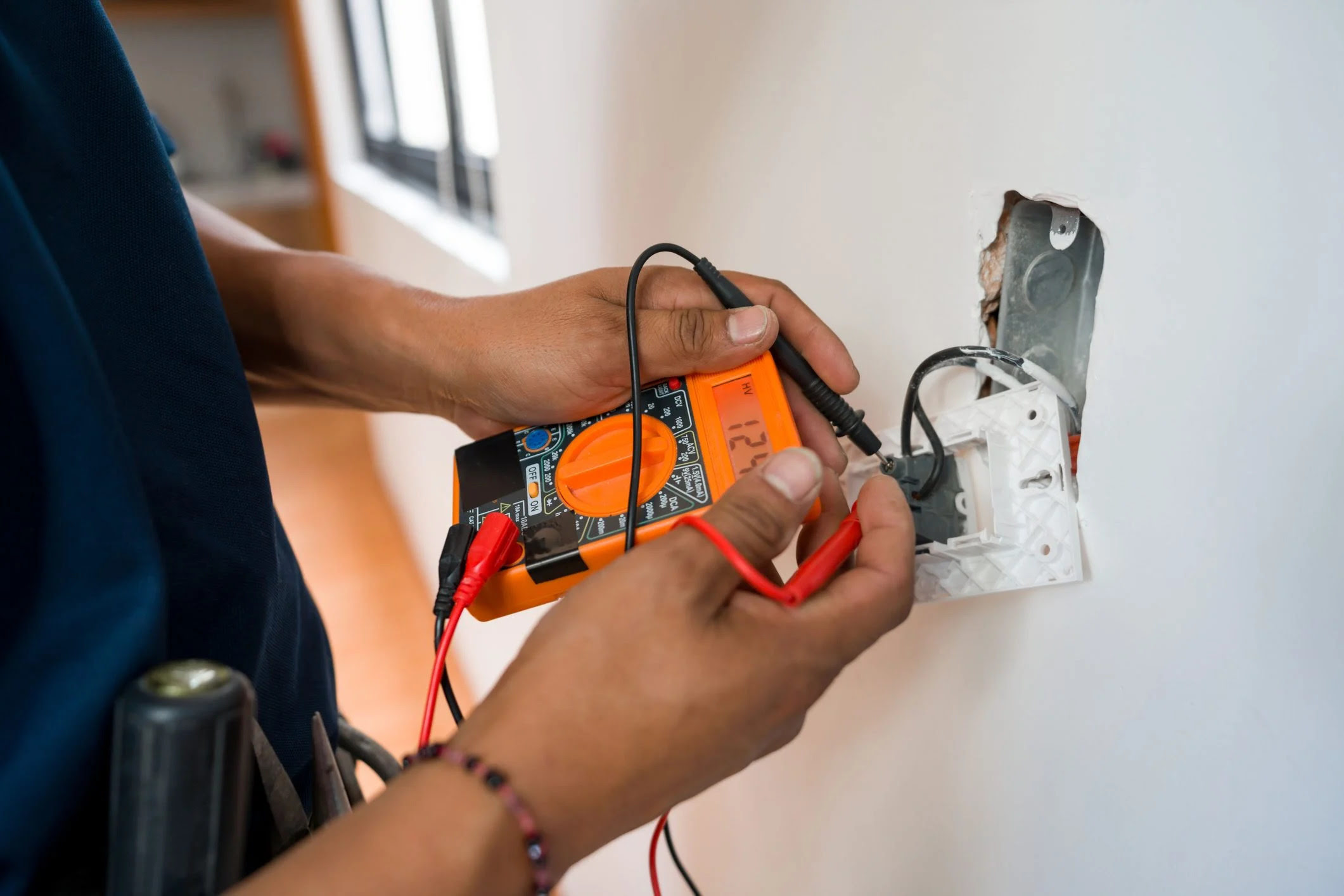
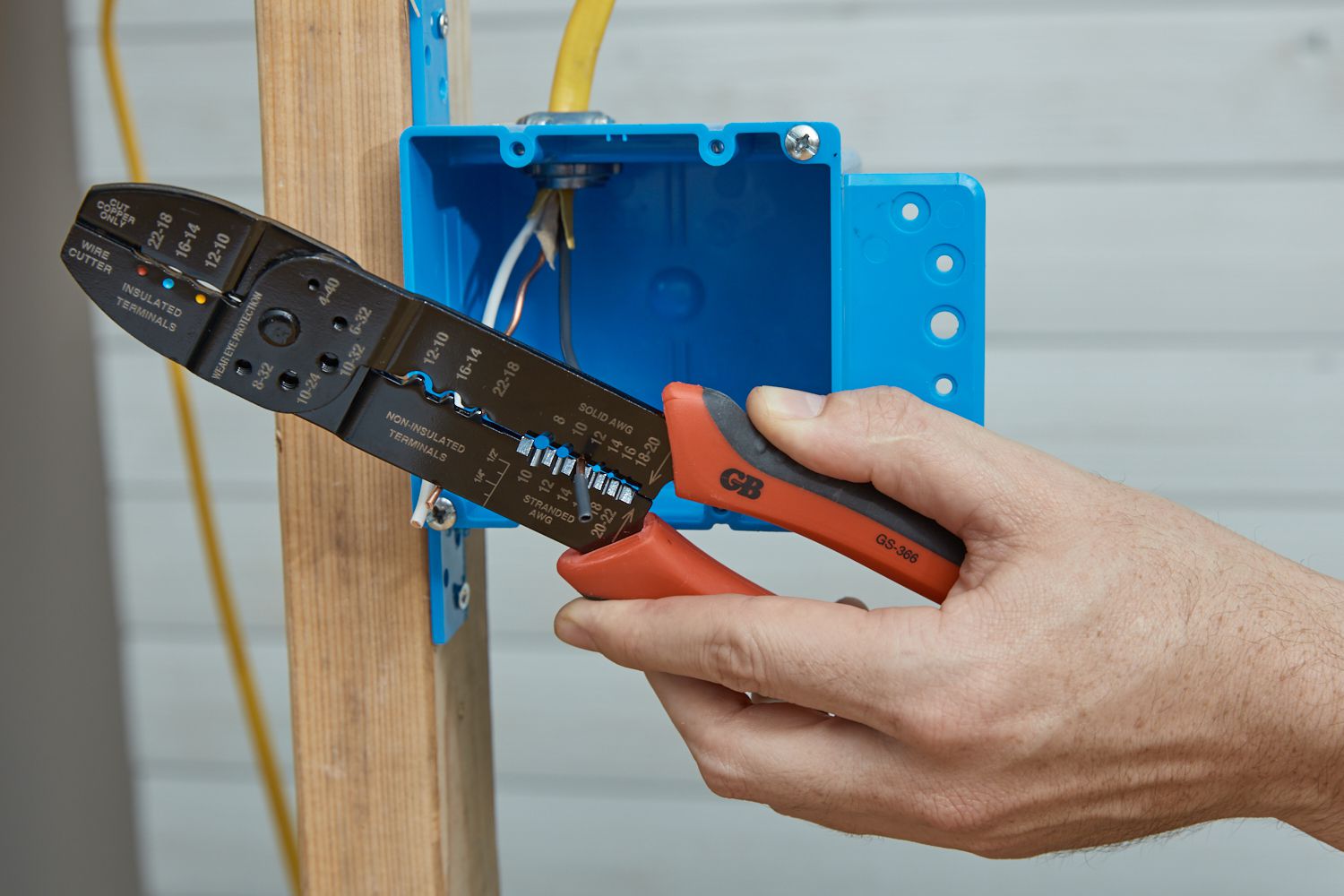
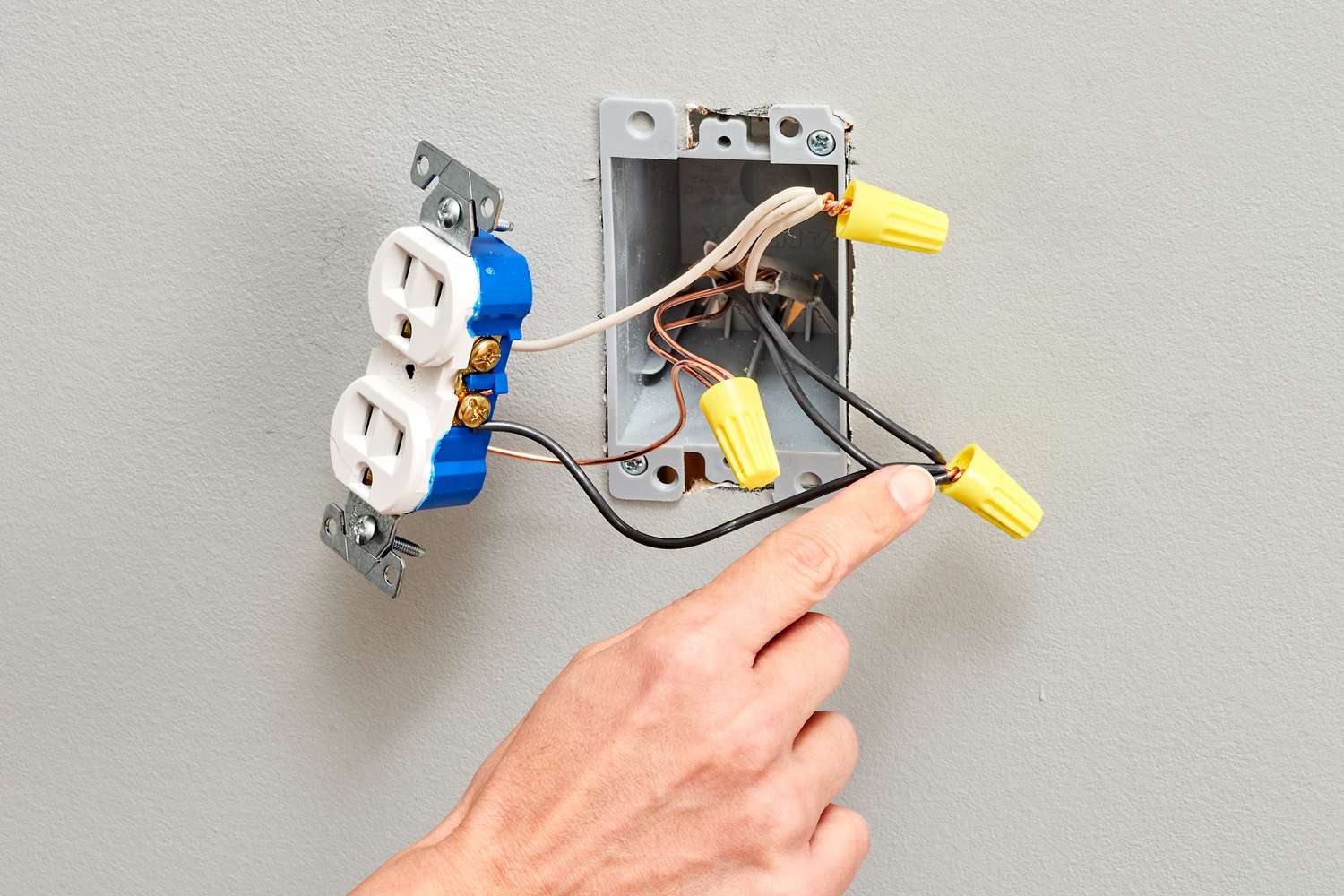

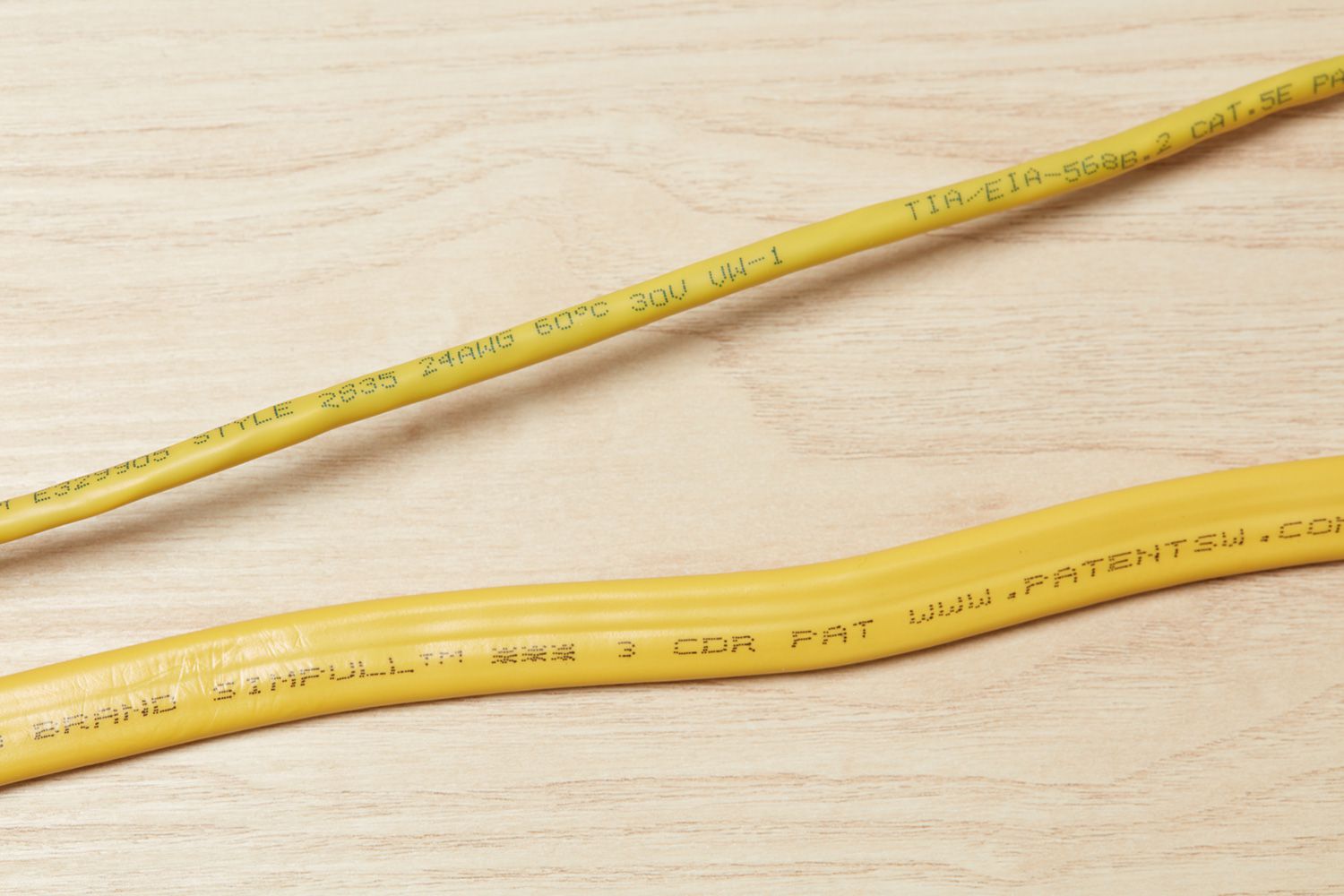
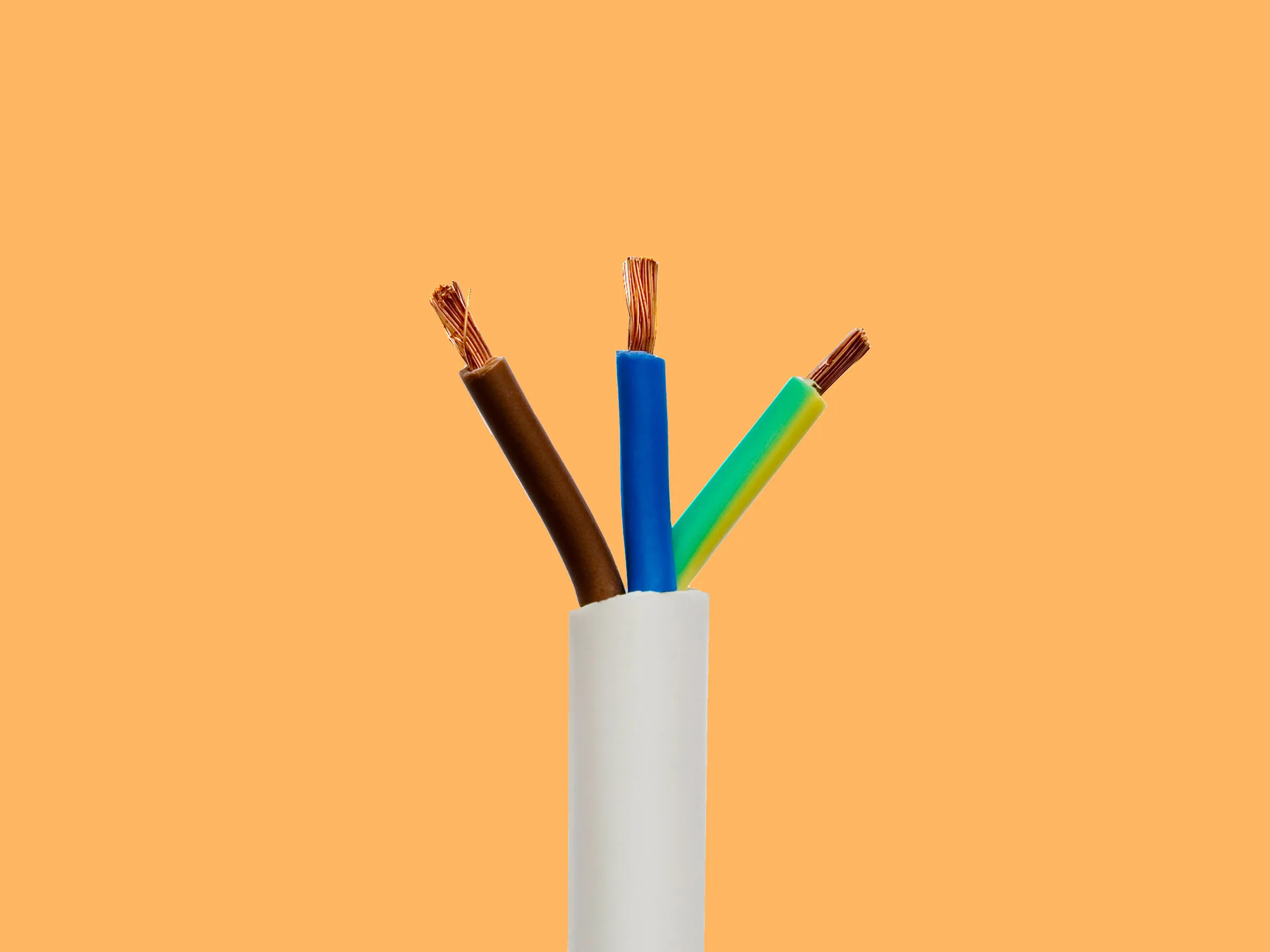
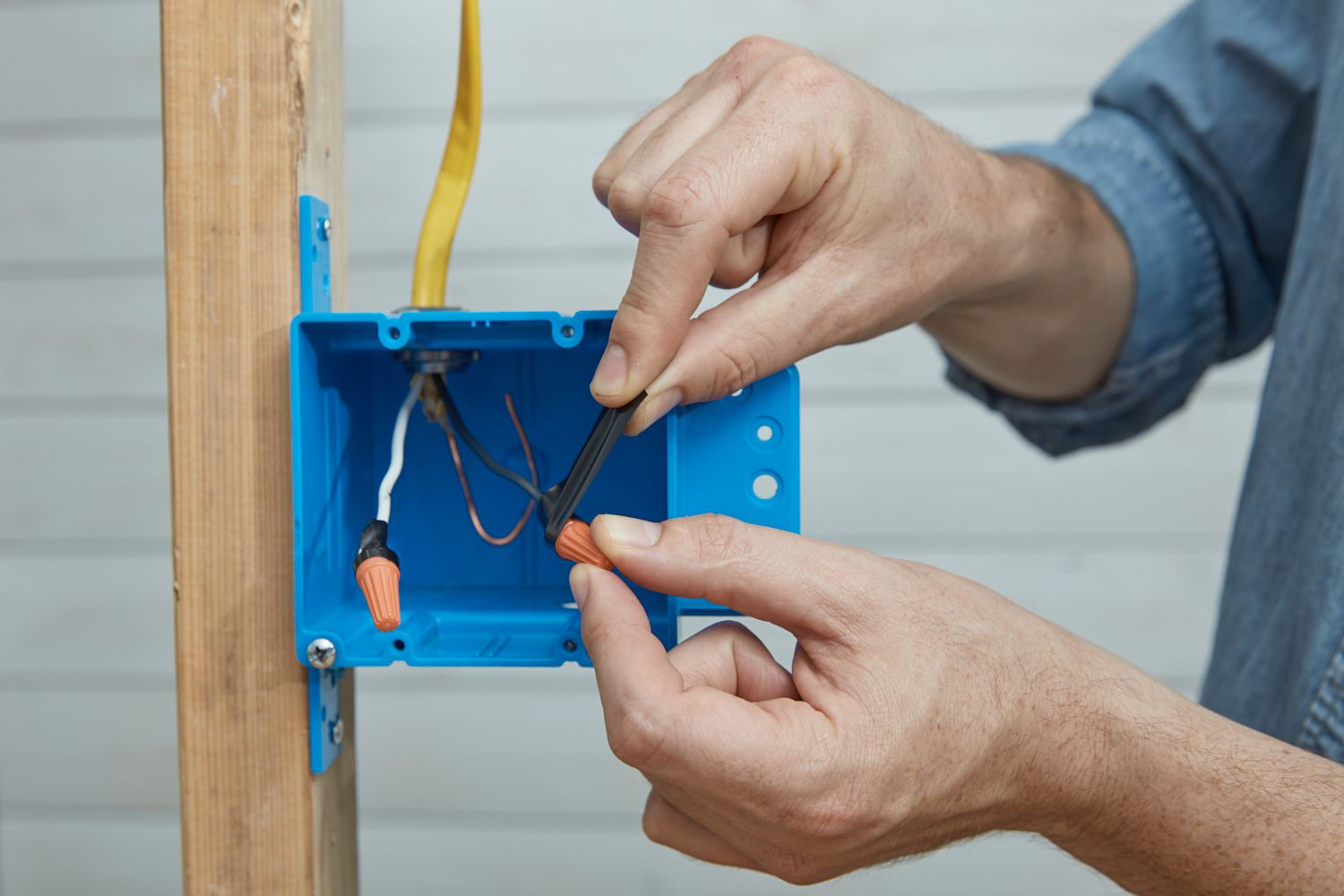
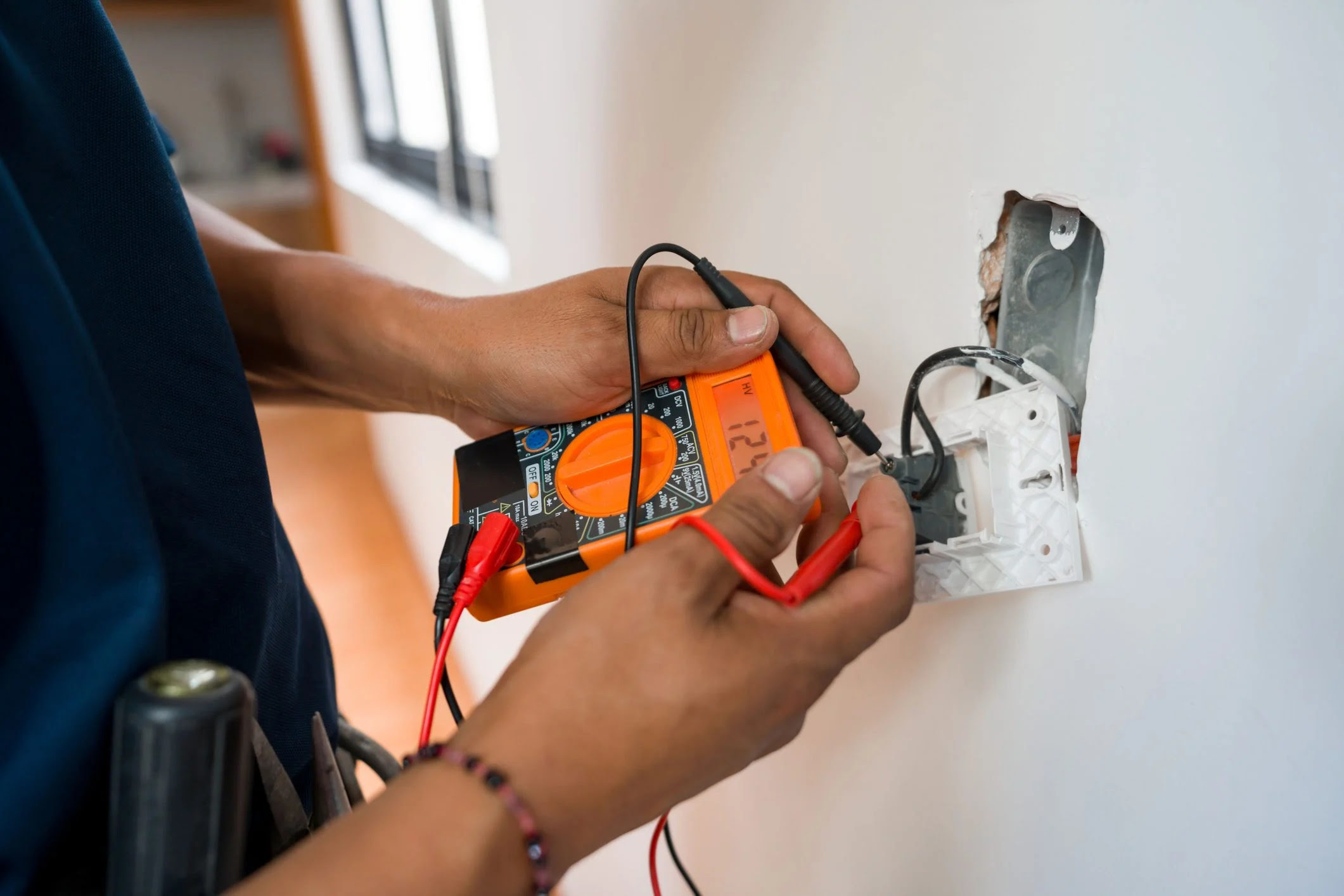
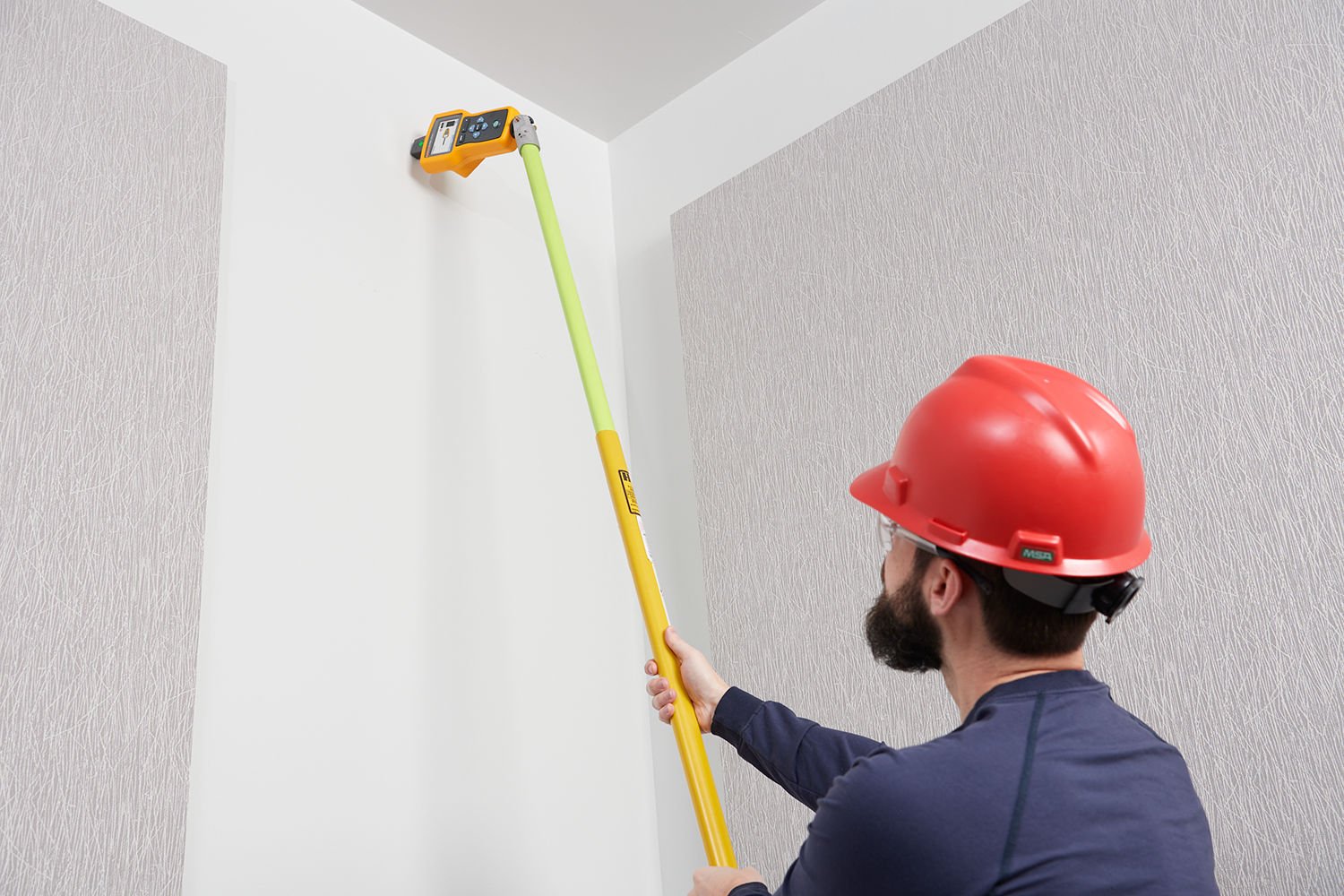
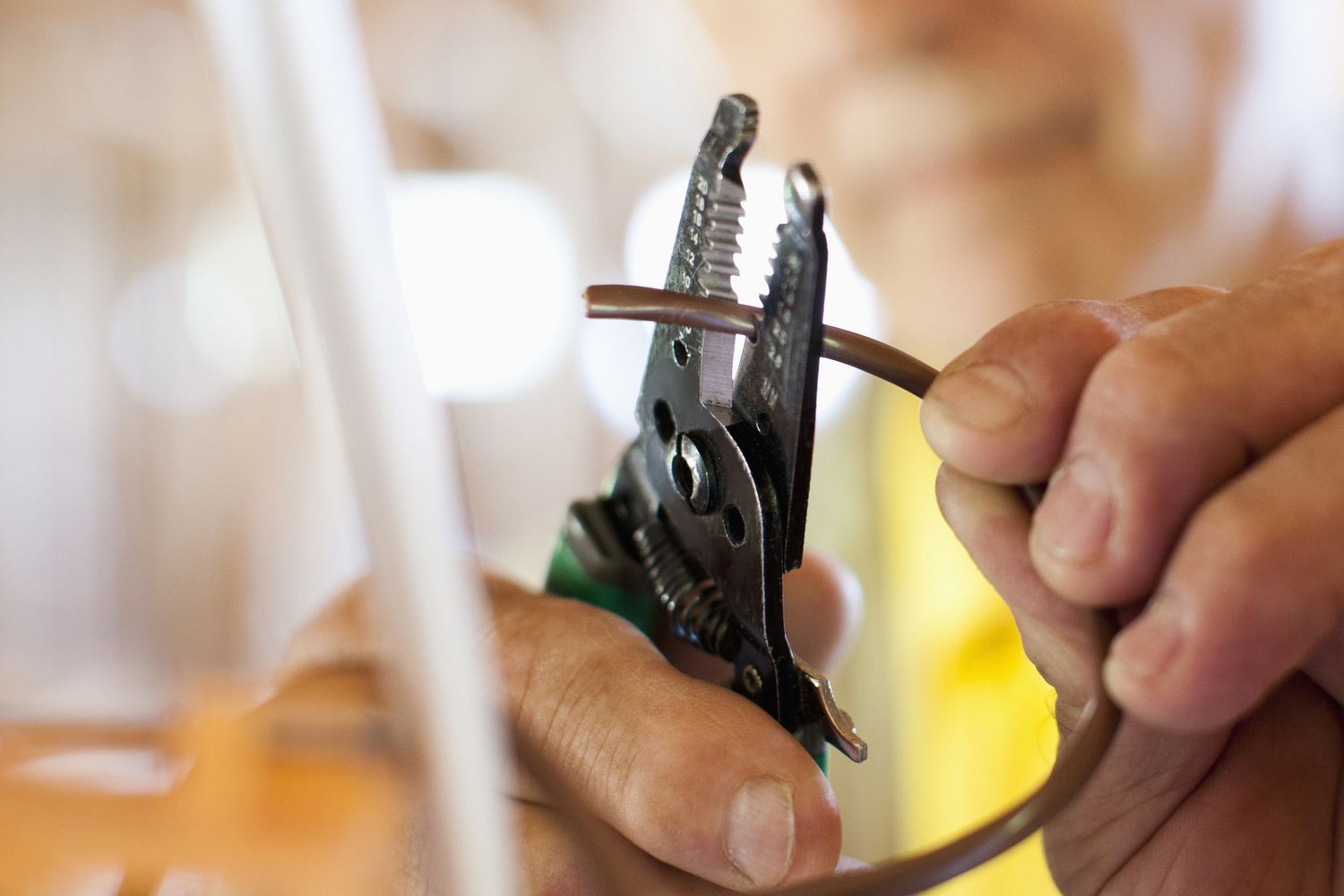
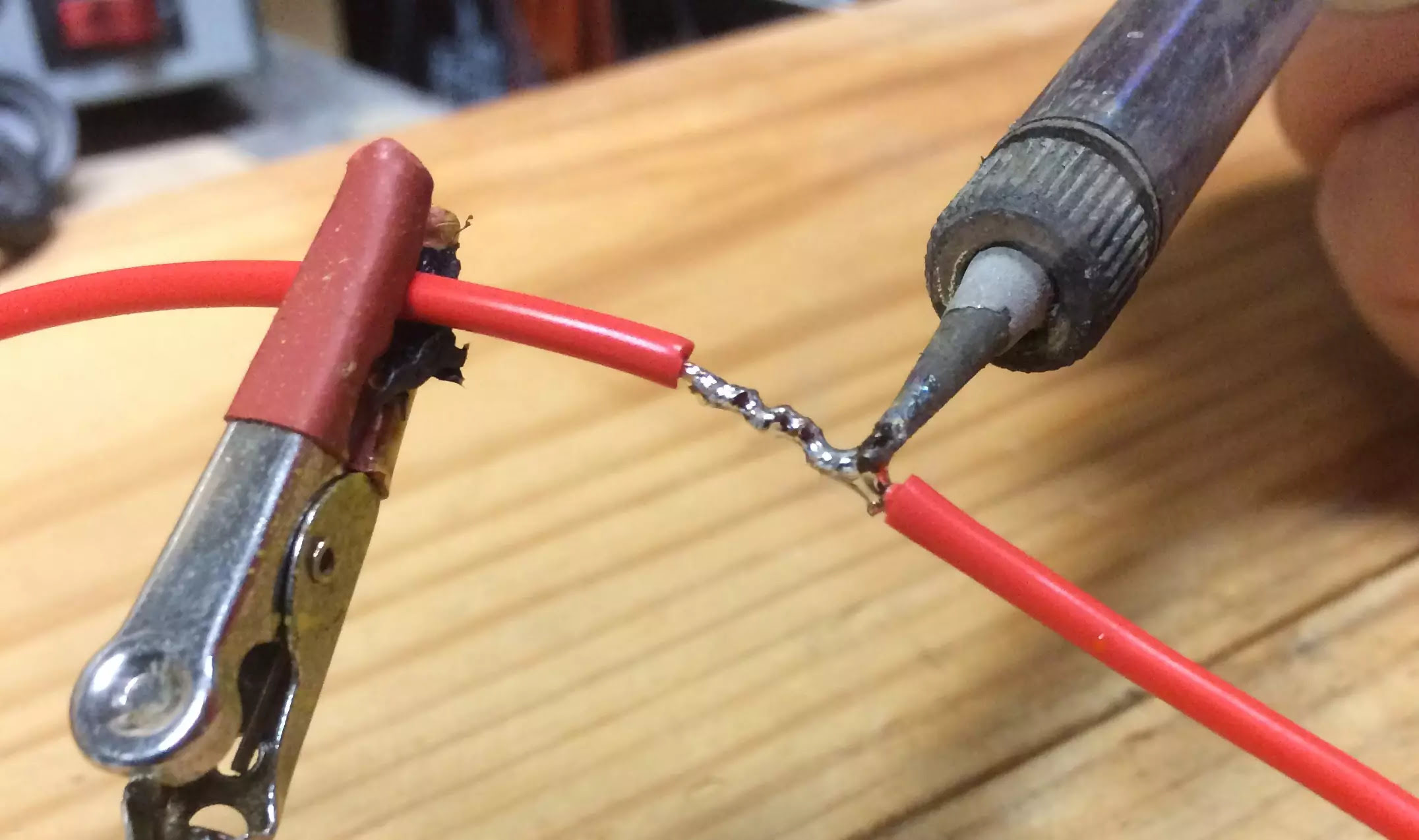
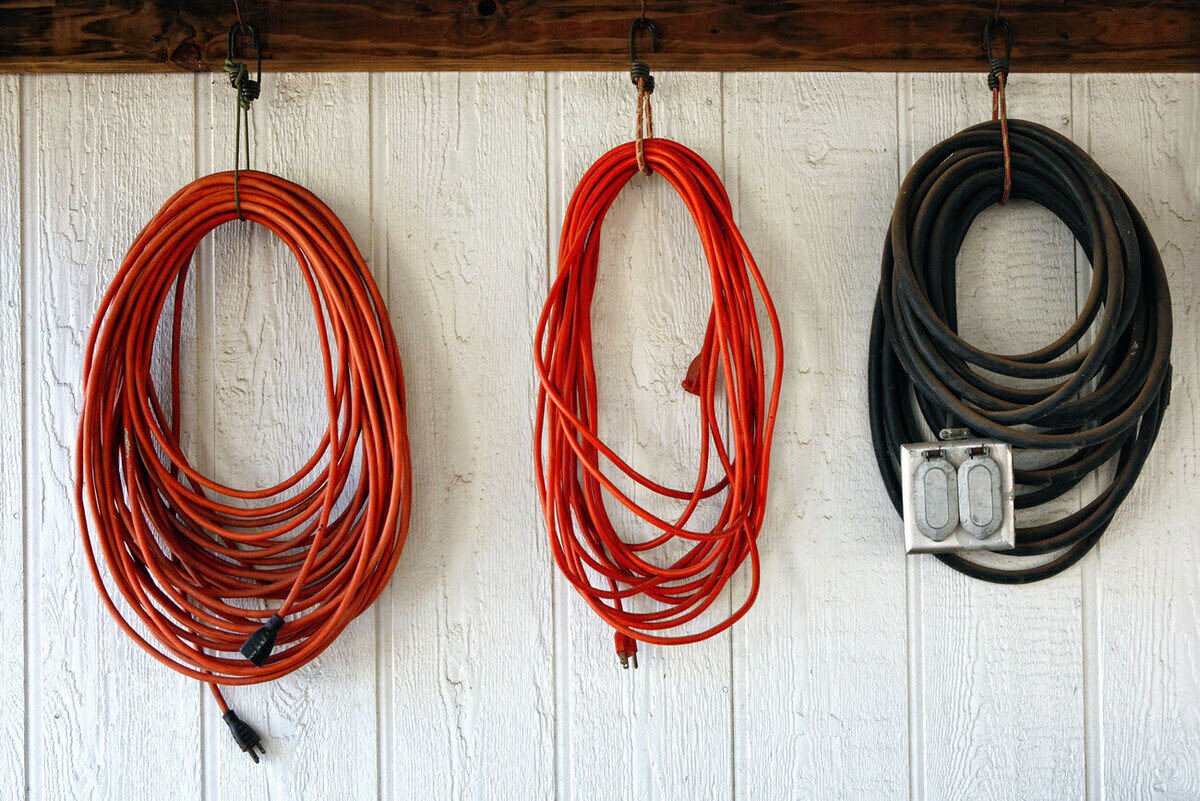
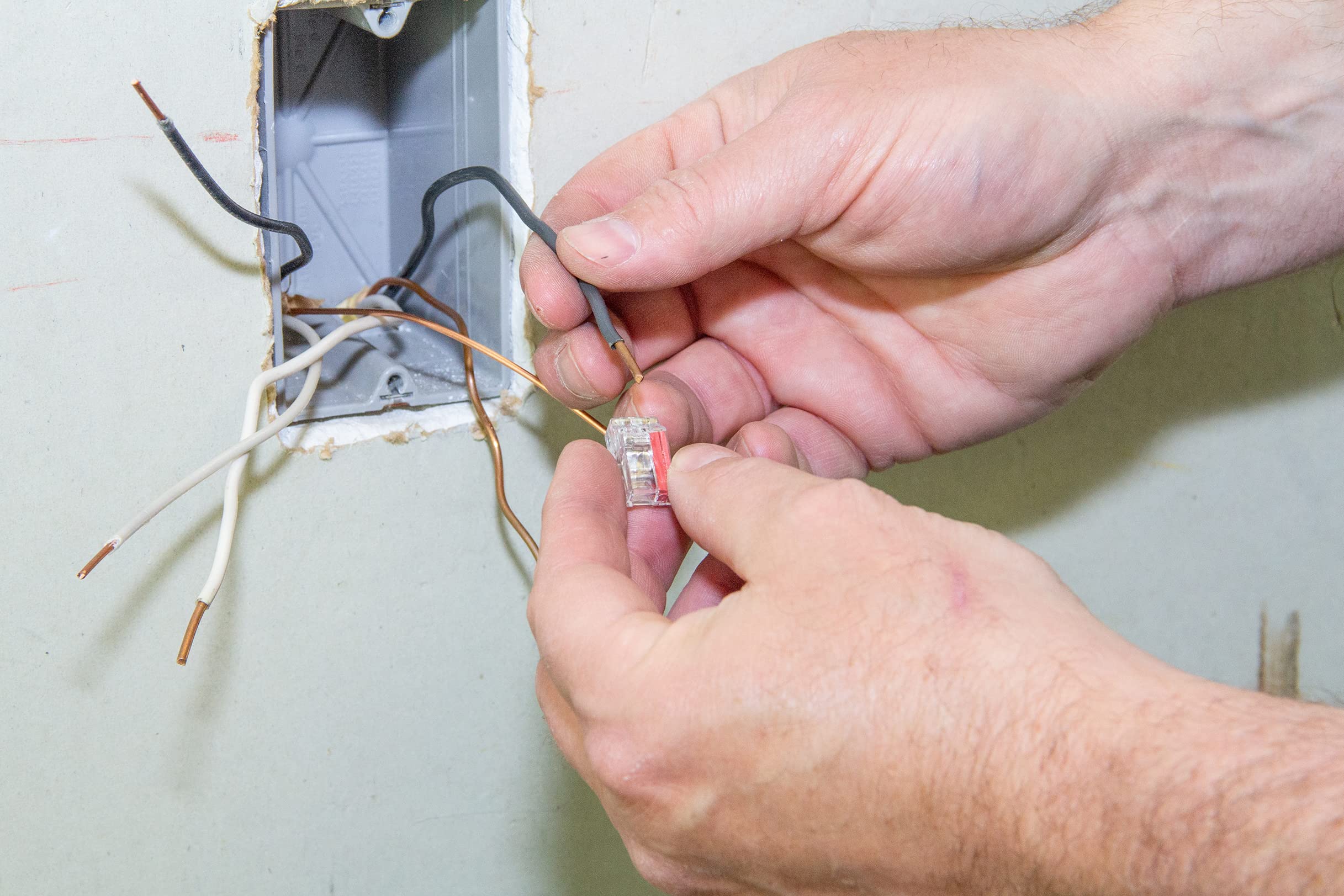
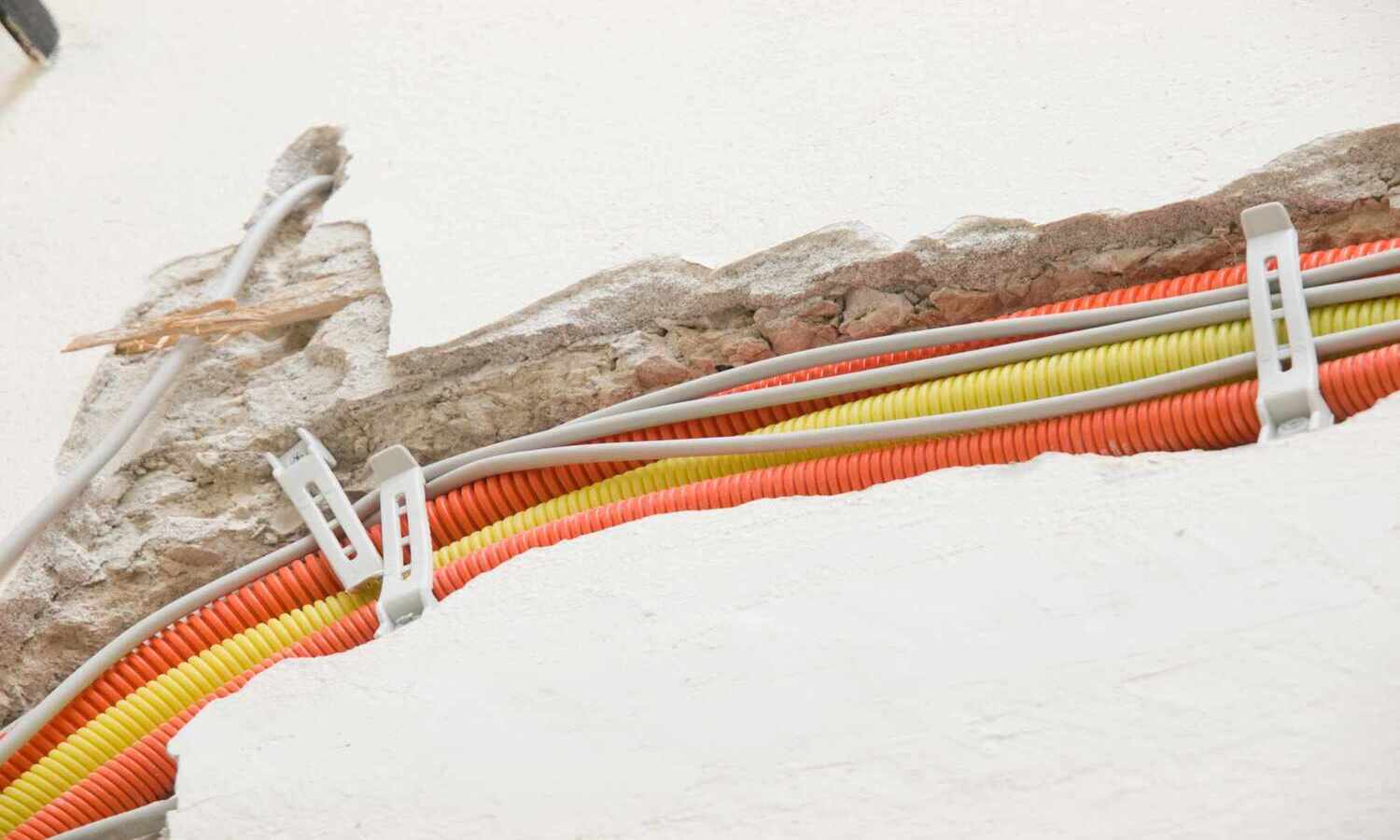

0 thoughts on “How To Store Usb Cables”